Plastic Tea Bags: The Hidden Pollution in Your Brew
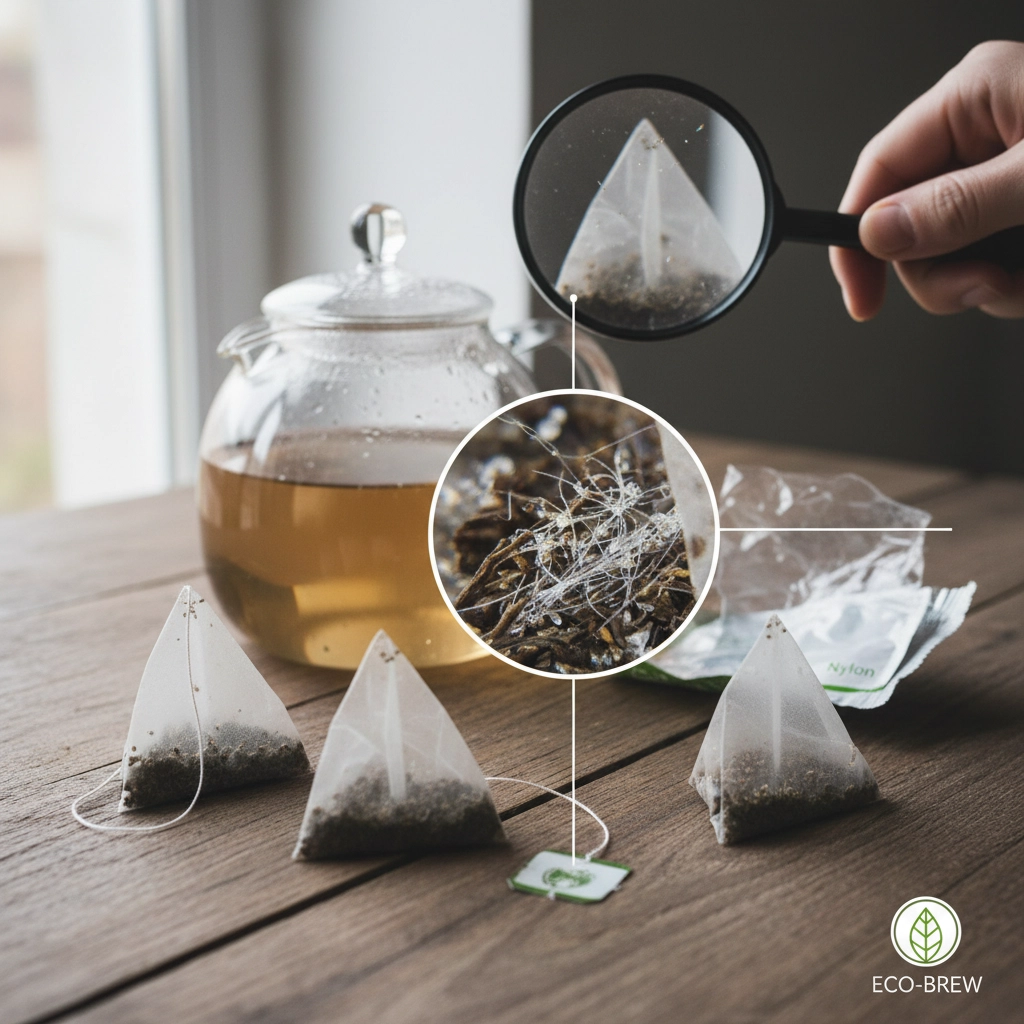
That comforting cup of tea you're sipping might be delivering more than just caffeine and flavour. Hidden within those convenient little tea bags lurks a environmental crisis that most people have never even considered: plastic pollution on a microscopic scale.
While we've become increasingly aware of plastic straws, bottles, and bags cluttering our oceans and landfills, there's one source of plastic pollution that's been flying completely under the radar. It's sitting in your kitchen cupboard right now, and chances are you've been unknowingly contributing to it every single day.
The Shocking Truth About Your Daily Brew
Here's a statistic that might make you spit out your tea: a single plastic tea bag releases approximately 11.6 billion microplastic particles and 3.1 billion nanoplastic particles into your cup when you steep it in hot water. That's not a typo – we're talking about billions of microscopic plastic fragments in every single cup.
Research published in Environmental Science & Technology revealed this staggering figure, fundamentally changing how we should think about our daily tea ritual. These aren't just theoretical particles either – they're real, measurable pieces of plastic that you're literally drinking.
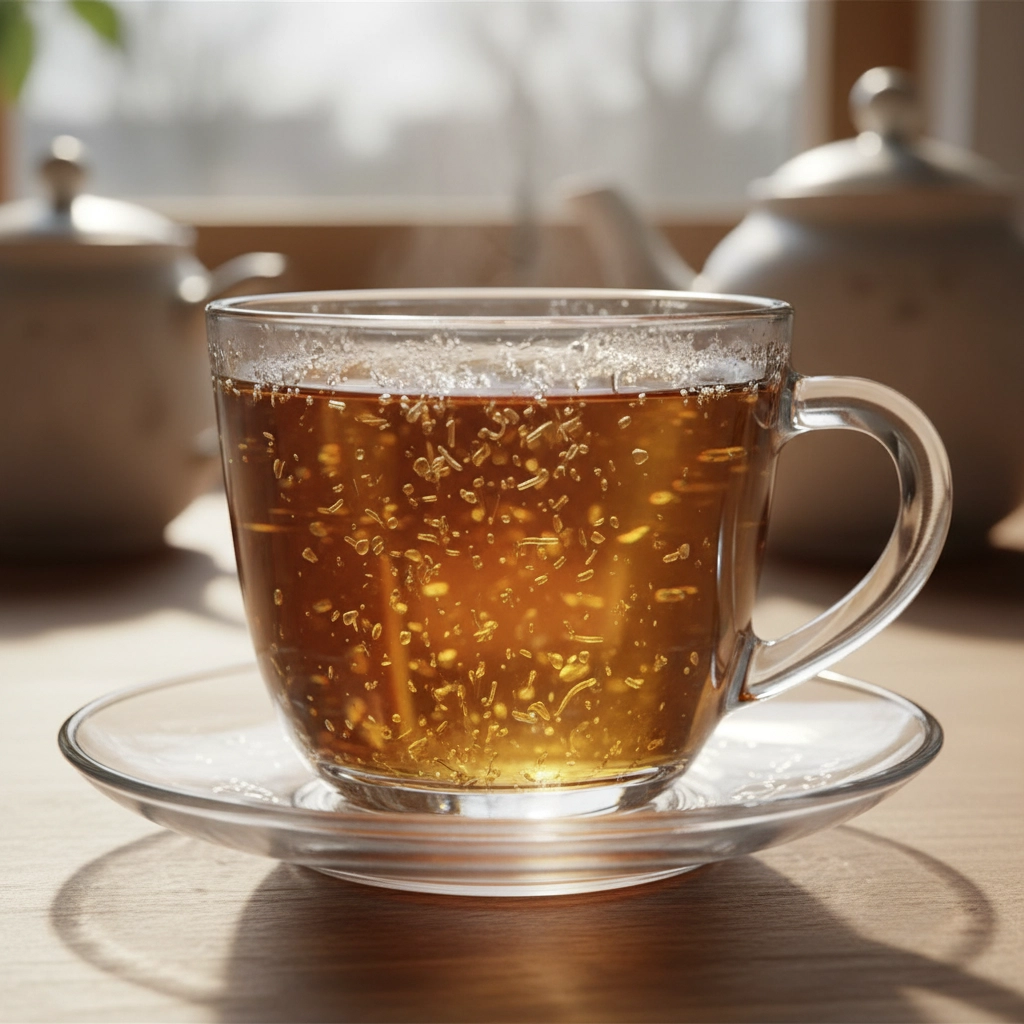
To put this in perspective, that single cup of tea contains thousands of times more microplastics than are typically found in other food and beverages. It's like drinking a plastic soup with a hint of Earl Grey.
The Great Tea Bag Deception
Most people assume their tea bags are made from paper – after all, they look like paper, feel like paper, and many are marketed as "natural" or "biodegradable." The reality is far more complex and concerning.
In the UK alone, 96% of tea bags contain non-biodegradable polypropylene – a type of plastic used to seal the bags and prevent them from falling apart in hot water. With British consumers drinking approximately 60.2 billion cups of tea annually, that's an enormous amount of plastic entering our waste stream and environment every single year.
The deception runs deeper than most consumers realise. Even tea bags labelled as "plastic-free" often contain polylactic acid (PLA), a bio-plastic made from plant materials. While technically not petroleum-based plastic, PLA is still classified as a single-use plastic under EU regulations and doesn't break down in home composting systems.
Where All This Plastic Goes
The environmental journey of plastic tea bags doesn't end when you toss them in the bin. Unlike genuinely biodegradable materials, these bags persist in the environment for decades or even centuries.
When disposed of in organic waste systems, plastic tea bags contaminate composting processes. The plastic components don't break down alongside organic matter, instead fragmenting into smaller and smaller pieces that eventually become microplastics in soil and waterways.
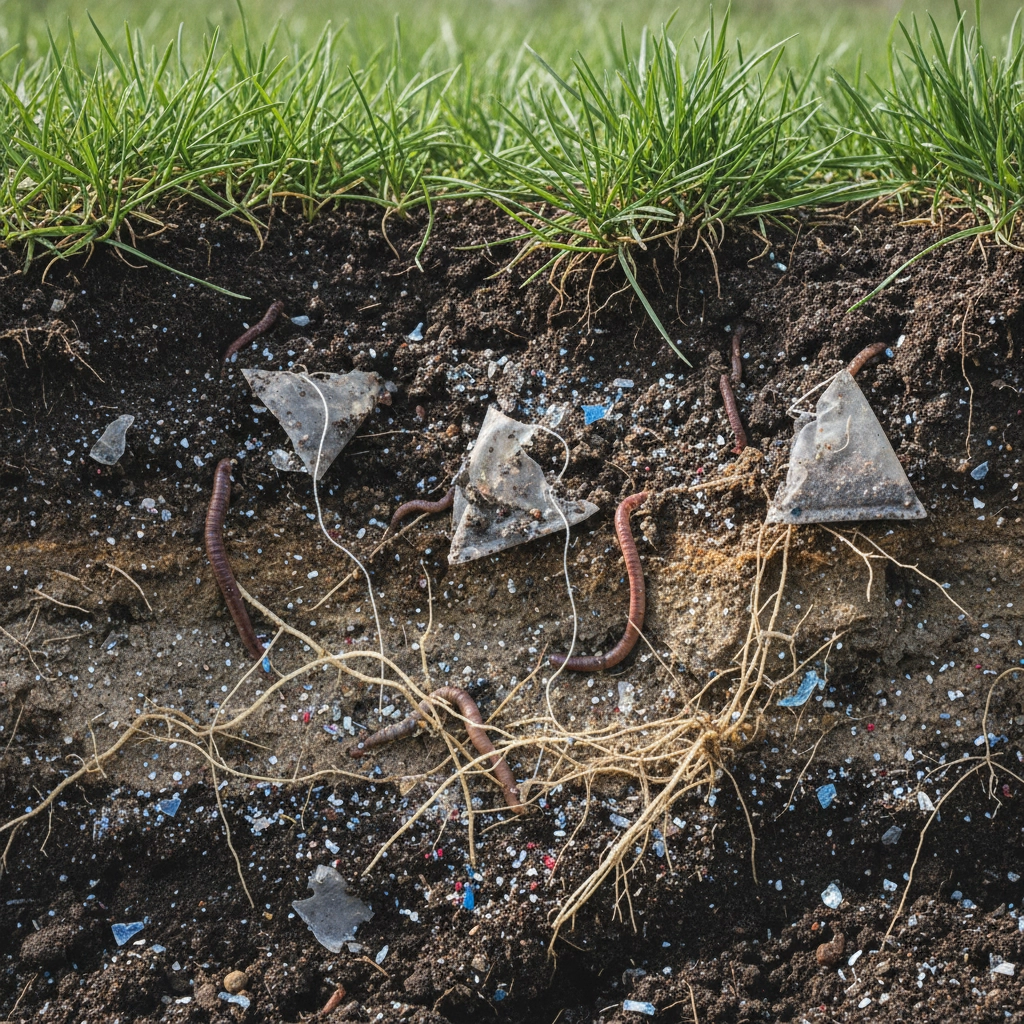
Many of these microscopic particles end up in our rivers and oceans, where they're consumed by marine life and work their way up the food chain. Others remain in soil systems, potentially affecting plant growth and agricultural productivity for years to come.
The scale becomes truly overwhelming when you consider global tea consumption. We're not just talking about individual cups – we're looking at billions of plastic tea bags entering the environment every single day worldwide.
The Health Implications We're Only Just Discovering
Recent research from the Universitat Autònoma de Barcelona has revealed something genuinely alarming: these microplastic particles don't just pass harmlessly through our digestive systems. For the first time, scientists have demonstrated that plastic particles from tea bags can be absorbed by human intestinal cells, potentially entering the bloodstream and spreading throughout the body.
The particles can interact with cellular structures and even penetrate cell nuclei. While we're still understanding the long-term health implications, the ability of these foreign materials to integrate with our cellular biology is deeply concerning.
Beyond the plastic particles themselves, many tea bags contain toxic chemicals including epichlorohydrin and various polypropylene additives. When exposed to hot water, these chemicals can leach into your tea, bringing with them potential links to cancer and hormone disruption.
The Industry's Struggle for Solutions
The tea industry isn't ignoring this problem – many major brands are actively working on alternatives. However, the technical challenges are significant, and some early solutions have created their own issues.
Several companies have attempted to create "plastic-free" alternatives, only to discover that their bags fall apart in consumers' cups, creating an unpleasant drinking experience and customer complaints. Others have developed "industrially compostable" solutions that require commercial composting facilities operating at specific temperatures – facilities that simply don't exist in many areas.
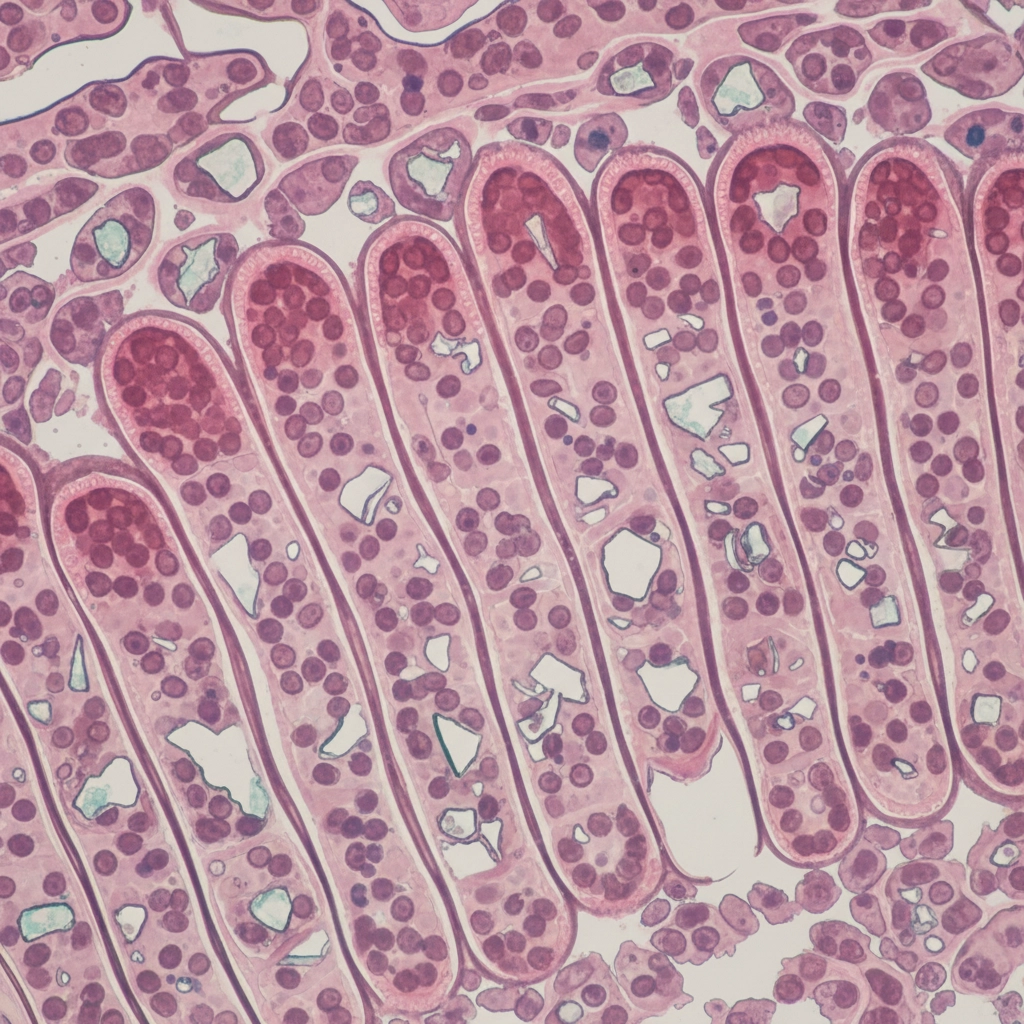
The challenge lies in creating a material that's strong enough to withstand hot water brewing, cheap enough for mass production, but genuinely biodegradable in home composting systems. It's a technical puzzle that's proving harder to solve than many initially expected.
Simple Steps to Plastic-Free Tea
The good news? You don't have to wait for the industry to solve this problem. There are several straightforward alternatives available right now that can dramatically reduce your plastic tea consumption.
Loose Leaf Tea remains the most obvious solution. Using loose leaf tea with a reusable strainer or infuser eliminates tea bag plastic entirely. Many tea enthusiasts argue that loose leaf provides better flavour extraction and a more enjoyable drinking experience anyway.
Truly Plastic-Free Tea Bags do exist, though they require careful label reading. Look for bags made from unbleached paper with cotton strings, stitched rather than heat-sealed. Some brands now offer tea bags made from plant-based materials like corn starch and vegetable fibres that are genuinely compostable at home.
Traditional Tea Brewing Methods like using a teapot with loose leaves or investing in a quality tea strainer can transform your tea experience while eliminating plastic entirely.
Making the Switch: Practical Tips
Transitioning away from plastic tea bags doesn't have to be complicated or expensive. Start by checking what you currently have – many premium tea brands are already moving toward plastic-free options, so you might find better alternatives in the tea aisle of your regular supermarket.
When shopping, look for specific language on packaging. Avoid anything mentioning "sealed for freshness" unless it specifically states "plastic-free sealing." Be wary of pyramid-shaped tea bags, which are almost always made from plastic materials.
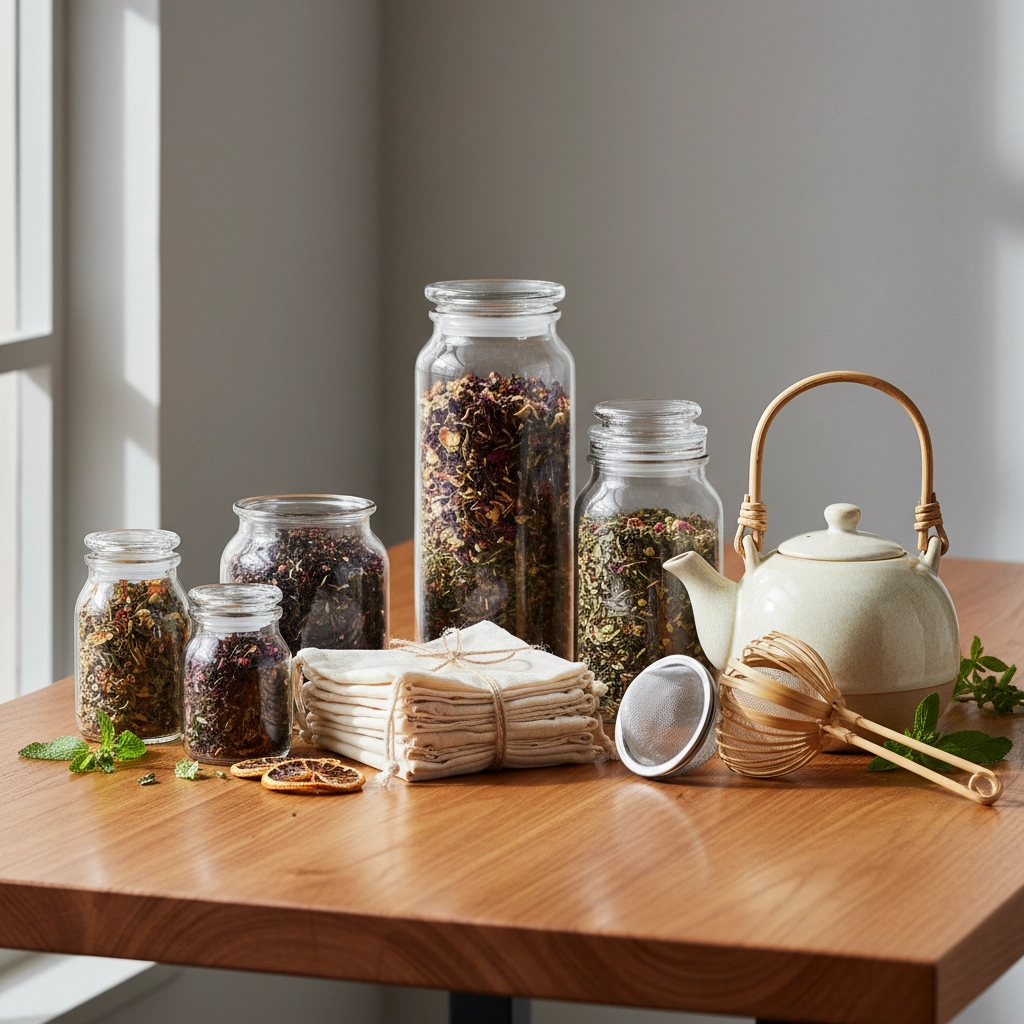
Consider this an opportunity to explore tea quality as well. Many plastic-free options use higher-grade teas, and the switch to loose leaf often opens up a world of specialty teas that aren't available in bag form.
The Bigger Picture
The plastic tea bag problem represents something larger than just one product category. It's an example of how plastic has infiltrated virtually every aspect of our daily lives, often invisibly and without our informed consent.
As consumers become more aware of these hidden sources of plastic pollution, we're beginning to see real change. Several major tea companies have committed to eliminating plastic from their tea bags entirely, driven partly by consumer pressure and partly by growing regulatory attention to microplastic pollution.
This shift requires both individual action and systemic change. While switching to plastic-free tea options is something you can do today, the larger solution requires industry-wide transformation and potentially regulatory intervention to ensure that products marketed as "natural" or "biodegradable" actually live up to those claims.
Your daily cup of tea doesn't have to contribute to environmental destruction or expose you to unnecessary health risks. With awareness and some simple changes, you can continue enjoying your tea ritual while protecting both your health and the planet. The choice is literally in your hands – or rather, in your cup.
